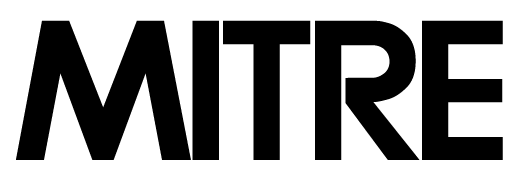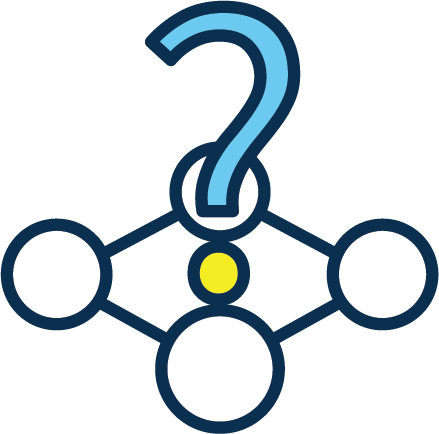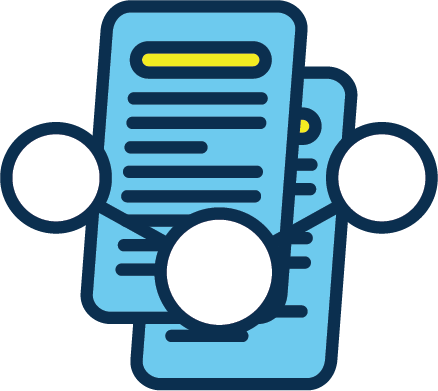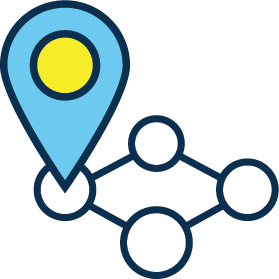Community Activation Playbook
An essential tool for planning, implementing, evaluating, and refining a campaign to activate communities. Although the playbook was developed in response to the COVID-19 Public Health Emergency (PHE), it has broad applications to any mission that requires the engagement of the public to take action.

The Challenge
The User
Guiding Leaders and Teams to Success
A Solution
Planning, Implementing, and Evaluating a Campaign
Community Activation
Raising Awareness, Educating, and Motivating the Public to Take Action
The Playbook
- The playbook is divided into sections corresponding to the 5 phases of a community activation campaign: Prepare, Respond, Monitor and Evaluate, Refine, and Close and Transition.
- Community activation phases and activities can be sequential or can be implemented in parallel and regularly refined.
- Regularly revisit relevant playbook sections, download tools and resources to inform decision making depending upon changing information and the evolving situation.
To explore the playbook, click on any of the phases below or use the navigation to the left.
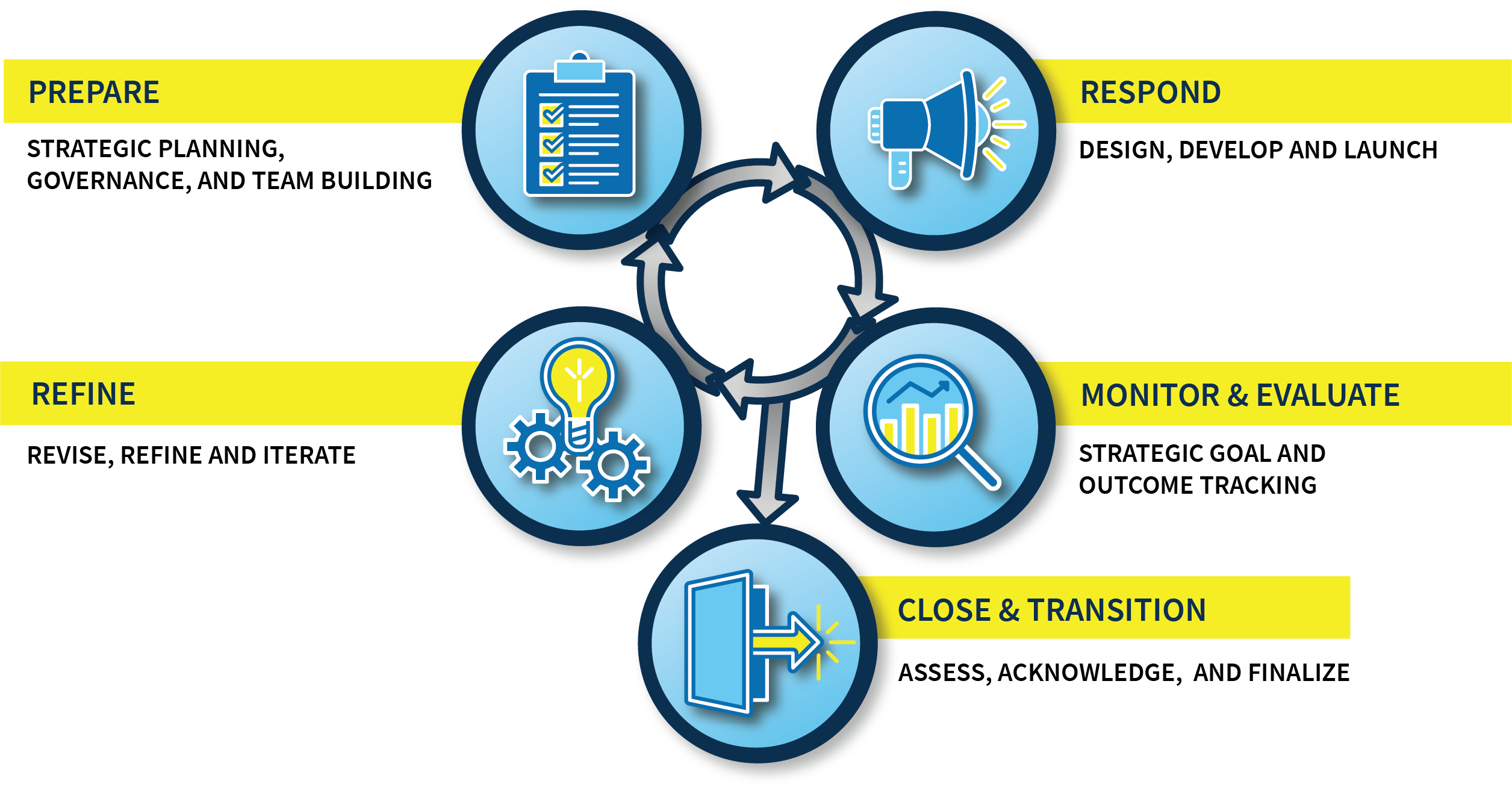
Community Activation
Community activation motivates and inspires the public to act. It incorporates multiple elements tailored to specific communities with the goal of changing behaviors or motivating action:
- understanding public sentiment
- raising awareness
- educating and countering misinformation
- engaging and involving communities
Who should use this?
Individuals and teams responsible for rapidly standing up and managing a community activation campaign.
When is this useful?
The plays in the playbook are applicable to any mission that requires:
Inspiration
for action
Motivation for
behavior change
This playbook is particularly useful when the objective requires a nimble infrastructure that can rapidly expand, contract, and disseminate knowledge.
What problem does this solve?
The Challenge
Responses aimed to motivate communities to engage in specific behaviors that can mitigate emergencies or resolve issues are often overlooked or inadequate.
A Solution – The Community Activation Playbook
Effective community activation requires informed messaging based on foundational community research, the evolving science, rapid analysis and translation of data to operations. Having a clear plan for creating an effective campaign increases the likelihood that it will successfully navigate these challenges.
The Approach
The campaign approach centers on principles of flexibility and scientific understanding, where decisions and actions are continually informed by the evolving situation. Many concepts and tactics discussed may be executed in tandem and/or repeated in iterative cycles as more information and impacts are understood.
Tools and Resources
Links to the tools and resources are also embedded within the playbook.
The utility and effectiveness of tools and resources are significantly improved when used in concert with the playbook content.
To view PDF documents, you need Adobe Reader software. Download it for free at adobe.com.
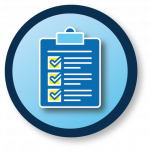
Prepare
Tool(s)
Resource(s)
 Respond
Respond
Tool(s)
Considerations for condcutiving formative research about the community and impressions about the creative materials in the campaign
Checklists for condcutiving formative research and launching outreach and education campaigns in a multicultural community
Collection of attributes to identify potential members of a clinical advisory group. Categories of attributes include suggestions for the group structure and the individual member characteristics.
Resource(s)
 Monitor and Evaluate
Monitor and Evaluate
Tool(s)
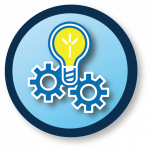 Refine
Refine
Resource(s)
 Close and Transition
Close and Transition
Tool(s)
Resource(s)
Background
This Playbook is a product of lessons learned during the U.S. Government’s response to the COVID-19 pandemic of 2020-2021. The response included a mission-based partnership among components of the U.S. Departments of Health and Human Services (HHS) and Defense (DoD), originally called Operation Warp Speed (OWS) and later renamed the Federal COVID-19 Response (FCR) team. In 2020, therapeutics were critical to our nation’s recovery from COVID-19, beginning with COVID-19 Convalescent Plasma (CCP) and expanding to include monoclonal antibodies (mAbs). In June 2020, CCP availability was critical for real-time patient treatment and ongoing COVID-19 therapy research. Realizing the need for coordinated public outreach and action, the COVID-19 therapeutics team within OWS established a cooperative partnership with The Fight Is in Us (TFIIU) coalition to amplify CCP collection progress and platforms currently in the public domain. The FCR team developed and executed a successful campaign to engage and mobilize individuals who recovered from COVID-19 to donate CCP at their local donor centers.
The following assumptions were foundational in crafting the playbook:
- The community activation campaign is part of the broader response framework.
- In a PHE response, the overarching goal is to protect health and save lives.
- The PHE requires rapid decisions based on the best available data at the time a decision is being made.
- Evolving science must be integrated in real time.
- The scope and scale of a PHE may rapidly expand and contract before ending.
- Knowledge transfer and practice-sharing are needed to support leadership and staff transitions during the response.
- The principles of risk communication, crisis communication, and health communication are foundational to the execution of the Playbook content during a PHE.
- Planning for recovery, transition, and close-out is integral to response.
- Campaign funding and administration will be audited after the PHE ends.
